
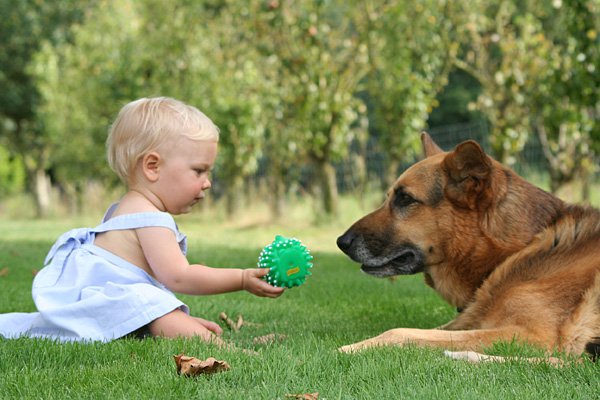
Rewards and Punishments
To mold behavior you may need rewards and punishments. Rewards include things like food items, of course , and also an affectionate scratch or belly rub, a friendly word "good dog", throwing a ball, or perhaps anything else the dog will enjoy.
Punishment could be as simple as looking away as well as ignoring the little nudges your dog gives you as it begs for a pat on the head. This is certainly the most effective way to control a puppy dog who gets over excited while actively playing. Removing a preferred toy is an additional gentle punishment, however on occasion harsher treatment is necessary: a sharp "NO! " a loud clap right near to the ears, a time out, or in rare cases a symbolic slap on the nose or rear end. The hit needs to NEVER hurt -- your target is to train, not to extract revenge, which is the reason why several dog training guides will make reference to punishment as "negative reinforcement. " The phrase punishment appears too angry.
Reward good behavior and also punish the bad. This appears obvious, however few doggie owners obey this rule. Listed here are some examples:
Doggie certainly not allowed in kid's playgrounds, which means that they are often tied up outside the gates to wait while the little ones play. A number of dogs will wine, bark or howl until finally their masters return. Several years back I witnessed a terrier with a very well-trained human. The dog would bark, the human would come running. The woman would pet the dog and talk with it in soft, reassuring tones. The dog would wag its tail happily, and then start yipping the minute she stepped away. This routine was repeated about 12 times, till finally she could not even turn her head towards her baby. She left the playground, her kid crying to stay longer, the dog jauntily trotting by her side. I never saw them once again but I had learned my lesson: in no way reward bad behavior. Some tender-hearted animal lovers might argue that the dog was genuinely anxious (i. e. he wasn't being "bad"), however the facts remain: whenever you don't want a certain behavior you have to discourage it. Rewarding it will just make matters worse.
At the first try I tied up my beagle he started to bark. Beagles are very vocal, very expressive, and very loud. Mine can put real pathos into his howls, and that day he treated the whole neighborhood to a heart wrenching performance worthy of "La Tosca. " I did go to him, but instead of love and sympathy he got a sharp word, a loud clap near his ear and then the view of my back as I strode off. Body language is significant. Pretty soon the sight of me stalking towards him in (mock) anger was enough to make him stop barking. We did not stay very long -- it was clear from their dirty looks that the other mothers considered me cruel -- however we returned every day and before the week was up my dog was cured. At this point he can relax by the fence for hours, taking pleasure in the fresh air and also the adoring attention of all the children. I will check up on him once and a while and give him a reward for being so great.
A barking dog is bothersome, but when I was visiting some close friends I had to cut our stay short when they were unwittingly training their own dogs to attack my children. My buddies had two large rescue dogs of indeterminate breed. The dogs would bark whenever visitors came into their home but would soon calm down -- in case the strangers were adults. My two boys, aged seven along with nine at the time, looked exactly like prey. The dogs circled around them barking and growling with their teeth bared as their master tried to reason with them. He explained to the dogs in an kind, reassuring voice that these children were friends. Only after one of the dogs lunged at my younger son, biting the boy's sweater right under his neck did their owner finally say yes to lock them up. When their mistress came home she let them out. She had more authority over the dogs and felt sure she could make them behave: her tactic was to call them to her when they growled, where they were rewarded with caresses and the occasional treat. "Stop that! " she gently scolded, whenever her dog showed its teeth if a boy dared tiptoe by. Of course the dogs continued to threaten the children -- the dogs were never sharply and clearly reprimanded, instead they were being rewarded for their behavior with extra attention and affection. Bad behavior should always be followed immediately by negative consequences -- otherwise not only will the bad behavior continue, it will worsen.
You will find several occasions in which punishment should never be used: any time you are training a dog to do a silly parlor trick this is a game you are playing with the dog and even it should be fun for everyone. In case your dog is slow to understand, chances are the trainer is to blame. Dogs don't mimic: if you stand on all fours and shake, for example , a child might imitate you but a dog will just stare like you've gone out of your mind. A dog won't understand either if you try to push it into a certain position. The dog sees the action -- you moving it around (probably against its will) -- not its final position. To train your dog you must first train yourself -- to communicate in a way the animal can understand.
Train Yourself Ahead of Training Your Pet
This step relates to a game which will help you know how challenging it is for the dog to understand -- and i hope it will help you be more patient, as well as improve your human/dog communication abilities.
The best way to learn to train a puppy is to pretend to be one. Two people are necessary for this game (which children delight in playing too).
One person is the designated trainer, one other plays the dog. The trainer thinks of an action for the dog to learn: sit down and scratch its head, by way of example. No miming or physical contact is permitted, no words may be exchanged, not even "yes" as well as "no. " You need to avoid using any cues or hints which a real dog would not be able to understand. Stand facing each other, as well as wait for the "dog" to try something (with a real dog you will need to give it a few treats to get started, to push it into action). Any time a preferred action is taken, the trainer makes a brief clicking sound, which would be the equivalent of a treat. The dog's goal is to earn these treats, and it will try all sorts of actions to get them.
As dog along with trainer face each other alone, both players will understand that it will be impossible to guess and perform the entire trick. It needs to be taught in depth. If perhaps the dog makes a slight movement such as it might sit down, click that. Click it again three or four times till the dog is repeating the movement, sure that this is what is expected. Then stop clicking that movement. The dog will understand it needs to do more and will go further: click when it sits. After a half a dozen times clicking a sit, stop clicking and wait for more. Click a hand movement, any movement. Then only click if the hand is moving towards the head. Click when it touches its hair. Finally click when the dog scratches its head, and give it a big kiss.
Next change roles and play the dog. Smart as we like to think ourselves to be, this game is challenging!
Clicker Training
Utilizing a clicker (or making another specially designated sound like snapping fingers or clicking your tongue) with a real doggie is also very beneficial. Train the dog to recognize the sound by clicking right before you give it a treat. Soon after doing this once or twice your dog will perk up the second it hears the sound. The clicker has several advantages over real treats:
You can click while the dog is making the desired action rather than afterwards which makes it much easier for the dog to make the connection between its action and the reward.
A particularly food obsessed dog might have trouble focusing on the game and might just stare, slobbering, at the hand holding treats.
You may reduce the number of treats due to the fact you may not need to give one every time you click. Either make it random, to keep the dog guessing and alert, or use it as an extra cue: almost (click) almost (click) yes! (click & treat).
When ever playing the training game along with a real dog it is also a great idea to keep it quiet. Wait until eventually the dog has figured out the complete trick before giving it a name. You don't want your pet dog to consider that the command "roll over" means "lie down. " Work exclusively on a single trick over several short sessions spaced over a few days (or even weeks, depending on how hard it is) and only give the trick a name once it is complete. And then use your chosen vocal or hand command for a few sessions just before practicing the new trick interspersed with older ones.
At the conclusion of a training session for a new trick, I usually quickly go through the list of the old ones he's mastered -- to end on a positive note, with easy treats, keep him motivated to find out more, and also to mark the end of the "lesson."
------
TAGreat.com is the online leader in discount dog supplies, accessories and products, featuring the widest selection and the lowest prices.
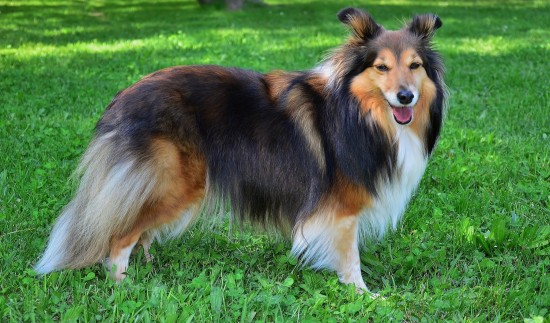 Some Frequently Asked Questions About The Shetland Sheepdog
Some Frequently Asked Questions About The Shetland Sheepdog
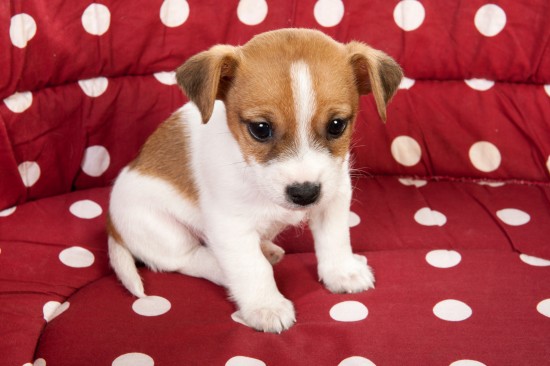 Puppy Toilet Training
Puppy Toilet Training
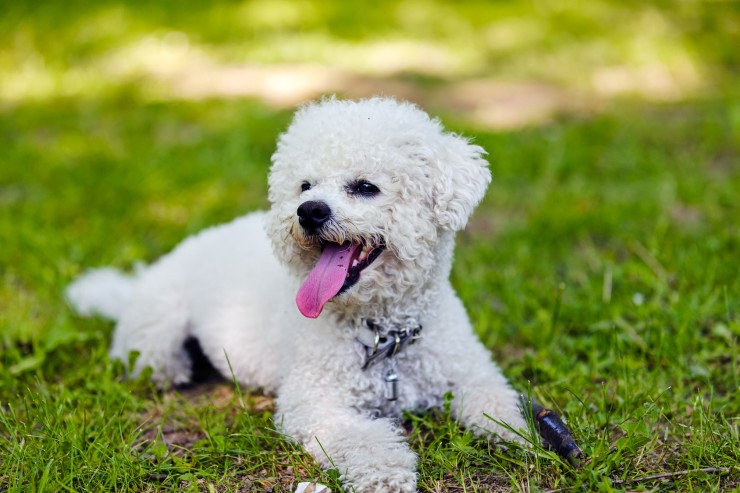 Learning More About The Most Common Pancreatic Problems In The Dog
Learning More About The Most Common Pancreatic Problems In The Dog
 Luxurious life for canines at dog daycare Toronto
Luxurious life for canines at dog daycare Toronto
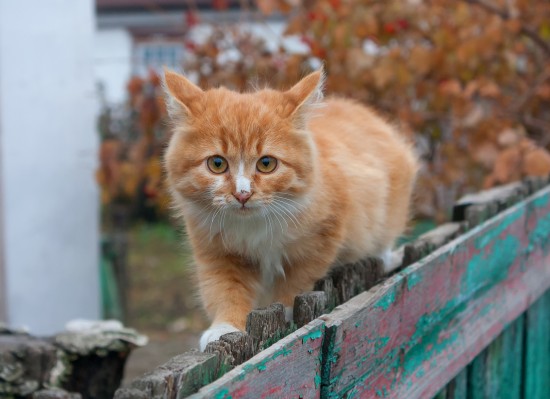 How To Keep Inquisitive Kittens Safe Around The Home And Garden
How To Keep Inquisitive Kittens Safe Around The Home And Garden
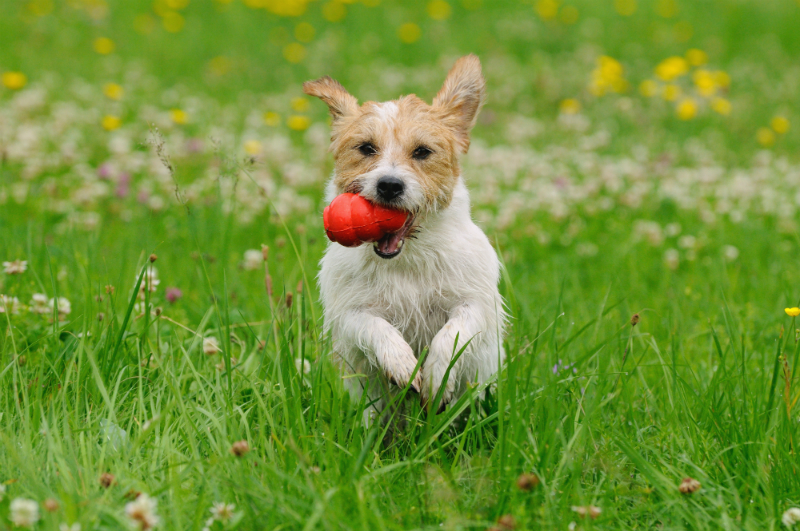 Christmas Presents for Dogs: Santa Paws is coming to Town!
Christmas Presents for Dogs: Santa Paws is coming to Town!
Copyright © 2005-2016 Pet Information All Rights Reserved
Contact us: www162date@outlook.com